The first computers were people! That is, electronic computers (and the earlier mechanical computers) were given this name because they performed the work that had previously been assigned to people. "Computer" was originally a job title: it was used to describe those human beings (predominantly women) whose job it was to perform the repetitive calculations required to compute such things as navigational tables, tide charts, and planetary positions for astronomical almanacs. Imagine you had a job where hour after hour, day after day, you were to do nothing but compute multiplications. Boredom would quickly set in, leading to carelessness, leading to mistakes. And even on your best days you wouldn't be producing answers very fast. Therefore, inventors have been searching for hundreds of years for a way to mechanize (that is, find a mechanism that can perform) this task.
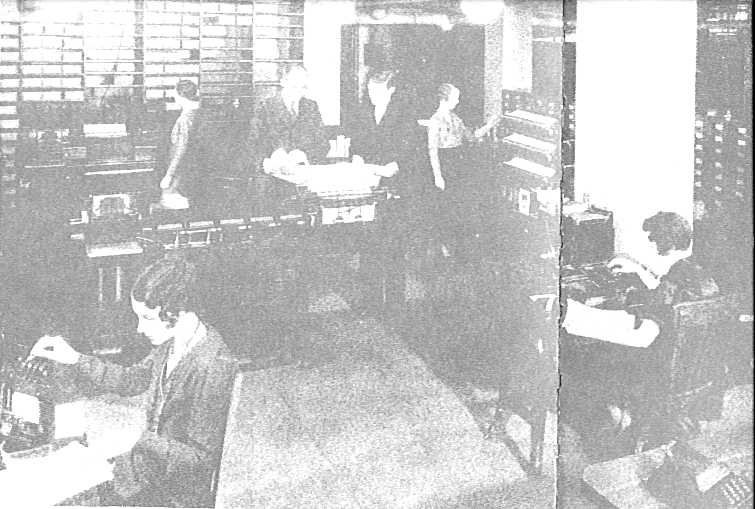
The abacus was an early aid for mathematical computations. Its only value is that it aids the memory of the human performing the calculation. A skilled abacus operator can work on addition and subtraction problems at the speed of a person equipped with a hand calculator (multiplication and division are slower). The abacus is often wrongly attributed to China. In fact, the oldest surviving abacus was used in 300 B.C. by the Babylonians. The abacus is still in use today, principally in the far east. A modern abacus consists of rings that slide over rods, but the older one pictured below dates from the time when pebbles were used for counting (the word "calculus" comes from the Latin word for pebble).

In 1617 an eccentric (some say mad) Scotsman named John Napier invented logarithms, which are a technology that allows multiplication to be performed via addition. The magic ingredient is the logarithm of each operand, which was originally obtained from a printed table. But Napier also invented an alternative to tables, where the logarithm values were carved on ivory sticks which are now called Napier's Bones.
![An original set of Napier's Bones [photo courtesy IBM]](http://www.cs.kent.edu/~rothstei/10051/History_files/NapiersBones.gif)
In 1642 Blaise Pascal, at age 19, invented the Pascaline as an aid for his father who was a tax collector. Pascal built 50 of this gear-driven one-function calculator (it could only add) but couldn't sell many because of their exorbitant cost and because they really weren't that accurate (at that time it was not possible to fabricate gears with the required precision). Up until the present age when car dashboards went digital, the odometer portion of a car's speedometer used the very same mechanism as the Pascaline to increment the next wheel after each full revolution of the prior wheel. Pascal was a child prodigy. At the age of 12, he was discovered doing his version of Euclid's thirty-second proposition on the kitchen floor. Pascal went on to invent probability theory, the hydraulic press, and the syringe. Shown below is an 8 digit version of the Pascaline, and two views of a 6 digit version:
By 1822 the English mathematician Charles Babbage was proposing a steam driven calculating machine the size of a room, which he called the Difference Engine. This machine would be able to compute tables of numbers, such as logarithm tables. He obtained government funding for this project due to the importance of numeric tables in ocean navigation. By promoting their commercial and military navies, the British government had managed to become the earth's greatest empire. But in that time frame the British government was publishing a seven volume set of navigation tables which came with a companion volume of corrections which showed that the set had over 1000 numerical errors. It was hoped that Babbage's machine could eliminate errors in these types of tables. But construction of Babbage's Difference Engine proved exceedingly difficult and the project soon became the most expensive government funded project up to that point in English history. Ten years later the device was still nowhere near complete, acrimony abounded between all involved, and funding dried up. The device was never finished.
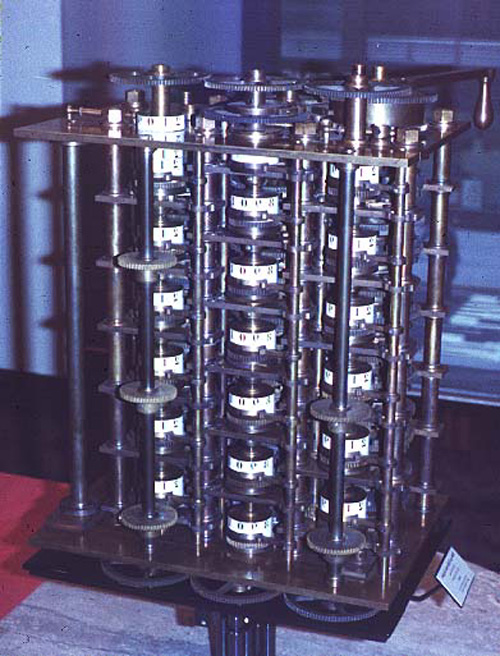
IBM continued to develop mechanical calculators for sale to businesses to help with financial accounting and inventory accounting. One characteristic of both financial accounting and inventory accounting is that although you need to subtract, you don't need negative numbers and you really don't have to multiply since multiplication can be accomplished via repeated addition.
But the U.S. military desired a mechanical calculator more optimized for scientific computation. By World War II the U.S. had battleships that could lob shells weighing as much as a small car over distances up to 25 miles. Physicists could write the equations that described how atmospheric drag, wind, gravity, muzzle velocity, etc. would determine the trajectory of the shell. But solving such equations was extremely laborious. This was the work performed by the human computers. Their results would be published in ballistic "firing tables" published in gunnery manuals. During World War II the U.S. military scoured the country looking for (generally female) math majors to hire for the job of computing these tables. But not enough humans could be found to keep up with the need for new tables. Sometimes artillery pieces had to be delivered to the battlefield without the necessary firing tables and this meant they were close to useless because they couldn't be aimed properly. Faced with this situation, the U.S. military was willing to invest in even hair-brained schemes to automate this type of computation.
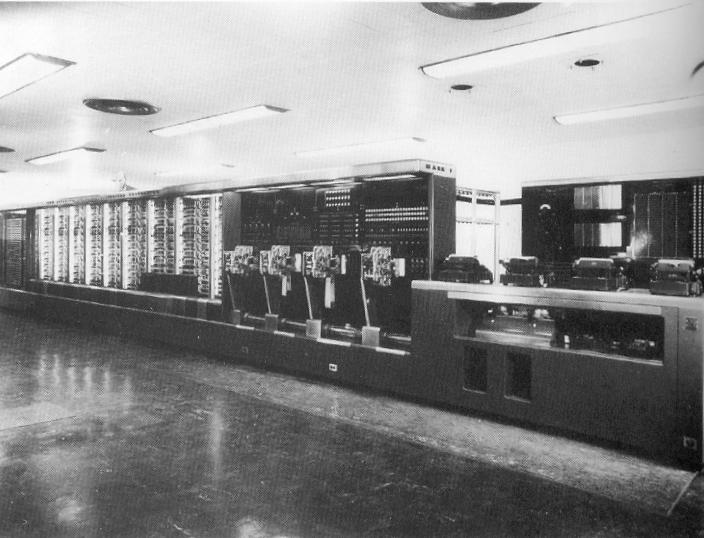
One early success was the Harvard Mark I computer which was built as a partnership between Harvard and IBM in 1944. This was the first programmable digital computer made in the U.S. But it was not a purely electronic computer. Instead the Mark I was constructed out of switches, relays, rotating shafts, and clutches. The machine weighed 5 tons, incorporated 500 miles of wire, was 8 feet tall and 51 feet long, and had a 50 ft rotating shaft running its length, turned by a 5 horsepower electric motor. The Mark I ran non-stop for 15 years, sounding like a roomful of ladies knitting. To appreciate the scale of this machine note the four typewriters in the foreground of the following photo.
The title of forefather of today's all-electronic digital computers is usually awarded to ENIAC, which stood for Electronic Numerical Integrator and Calculator. ENIAC was built at the University of Pennsylvania between 1943 and 1945 by two professors, John Mauchly and the 24 year old J. Presper Eckert, who got funding from the war department after promising they could build a machine that would replace all the "computers", meaning the women who were employed calculating the firing tables for the army's artillery guns. The day that Mauchly and Eckert saw the first small piece of ENIAC work, the persons they ran to bring to their lab to show off their progress were some of these female computers (one of whom remarked, "I was astounded that it took all this equipment to multiply 5 by 1000").
ENIAC filled a 20 by 40 foot room, weighed 30 tons, and used more than 18,000 vacuum tubes. Like the Mark I, ENIAC employed paper card readers obtained from IBM (these were a regular product for IBM, as they were a long established part of business accounting machines, IBM's forte). When operating, the ENIAC was silent but you knew it was on as the 18,000 vacuum tubes each generated waste heat like a light bulb and all this heat (174,000 watts of heat) meant that the computer could only be operated in a specially designed room with its own heavy duty air conditioning system. Only the left half of ENIAC is visible in the first picture, the right half was basically a mirror image of what's visible.
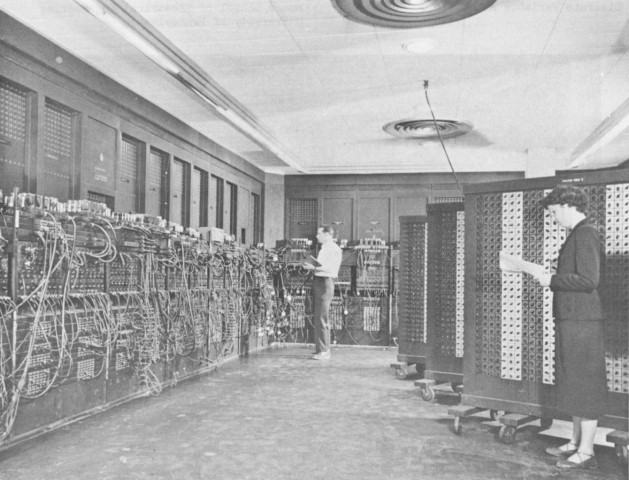
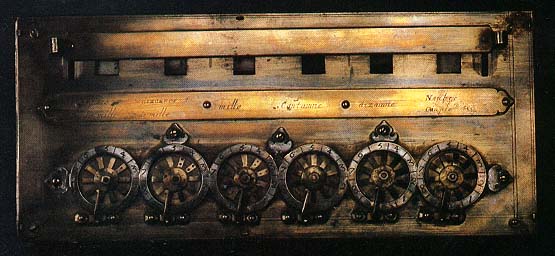
No comments:
Post a Comment